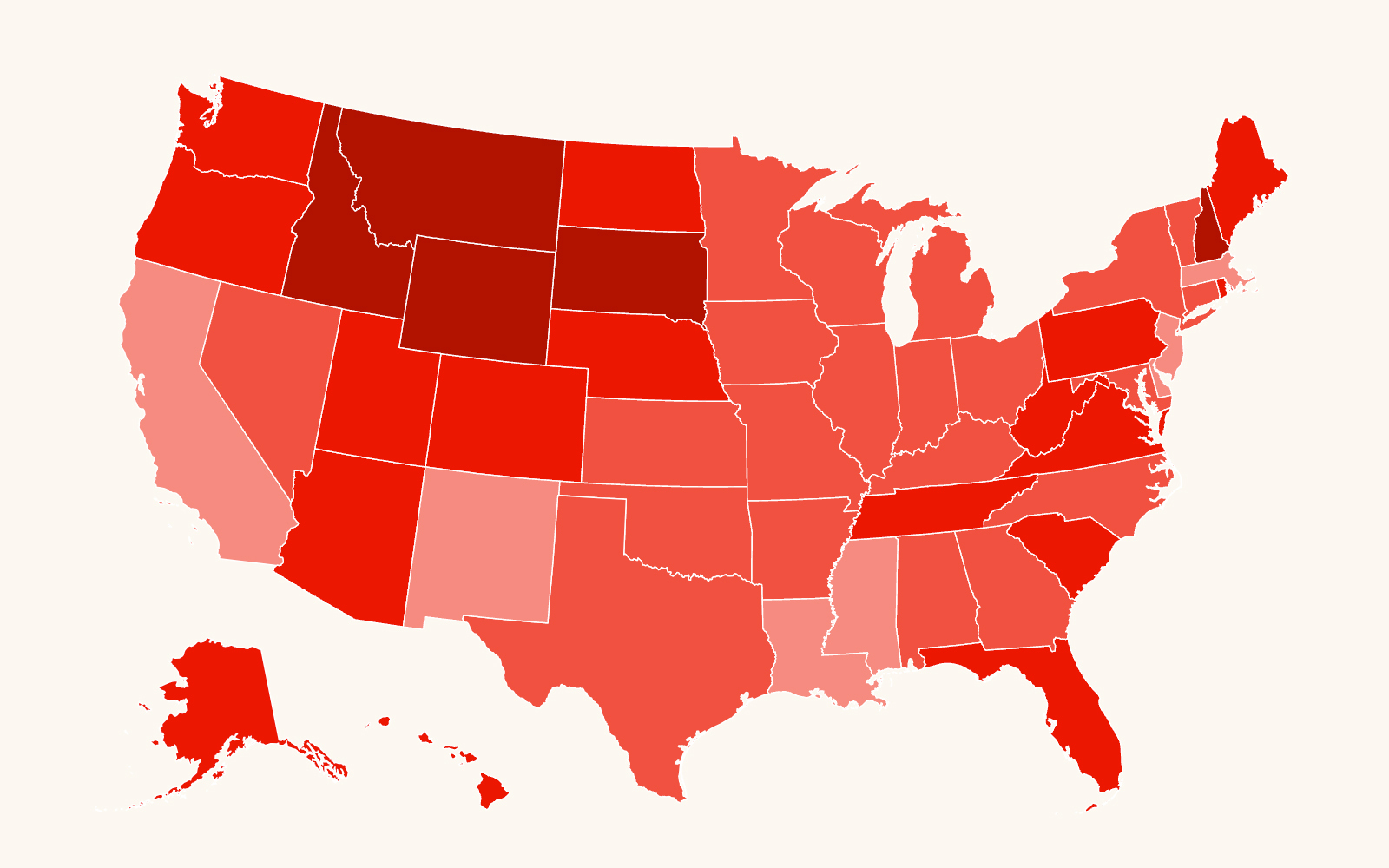August 4, 2005 | MONTGOMERY, Ala. — A staggering 70 percent of youth released from Alabama Department of Youth Services (DYS) institutions end up back behind bars within a few years, according to a new report released today.
Each day in DYS custody actually increases the risk a child will re-offend soon after he or she is released. Youths who spend fewer than three months in custody have a recidivism rate of 65 percent, while those spending between six and 12 months have a 75 percent return rate.
Recidivism is particularly high at Alabama’s large juvenile prisons — Vacca, Mt. Meigs, Autauga, Chalkville, and Thomasville — where recidivism ranges from 61 to 76 percent.
Center legal director Rhonda Brownstein, who attended a press conference announcing the study results, said the DYS institutions were a “breeding ground for criminals.”
She called for community-based programs providing support for families, including mental health services. National studies indicate up to 85 percent of children in the juvenile justice system have mental disorders requiring specialized treatment.
“We’ve always known that juvenile prisons are the least effective — and most expensive — way to combat juvenile delinquency,” said Danielle Lipow, a Center staff attorney who specializes in juvenile justice.
Sheila Bedi, co-director of the Center’s Mississippi Youth Justice Project, said she was shocked to see exactly how wasteful Alabama’s system is.
“Even the smaller programs aren’t working,” she said. “Today’s study proves that DYS programs do not help children or protect public safety. Instead, they make it more likely that youth will return to prison.”
The study, Recidivism Patterns for Juvenile Offenders from the Alabama Department of Youth Services During 2001 and 2002, was written by Dr. Donald Bogie at Auburn University’s Center for Demographic Research and Business. The study was commissioned by the Children First Foundation and VOICES for Alabama’s Children, both nonprofit child advocacy organizations. A copy of the study is available by e-mail request from VOICES.
The American Correctional Association reports that the average daily cost of incarcerating one child in a large juvenile prison in Alabama is $132.
“With more than 600 youth per day in large institutions, that means we are spending almost $30 million per year in taxpayer money on programs that we know to be ineffective,” said Lipow. “The state should be looking at less costly, more effective alternatives to incarcerating children.”
